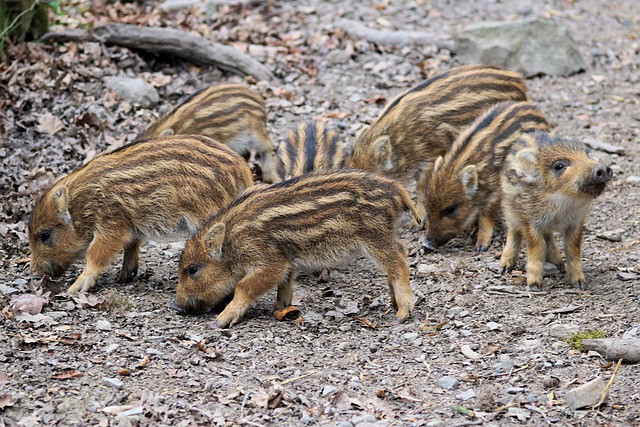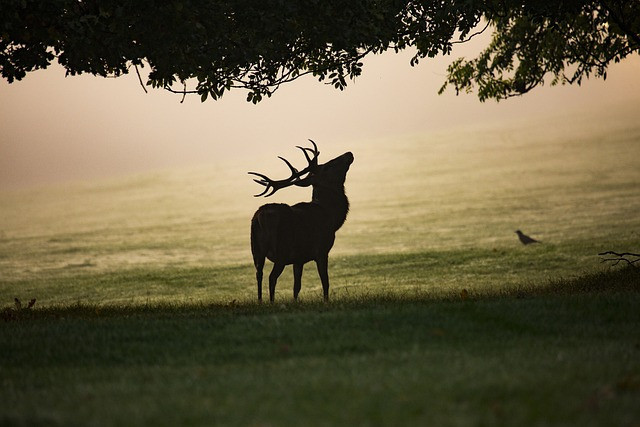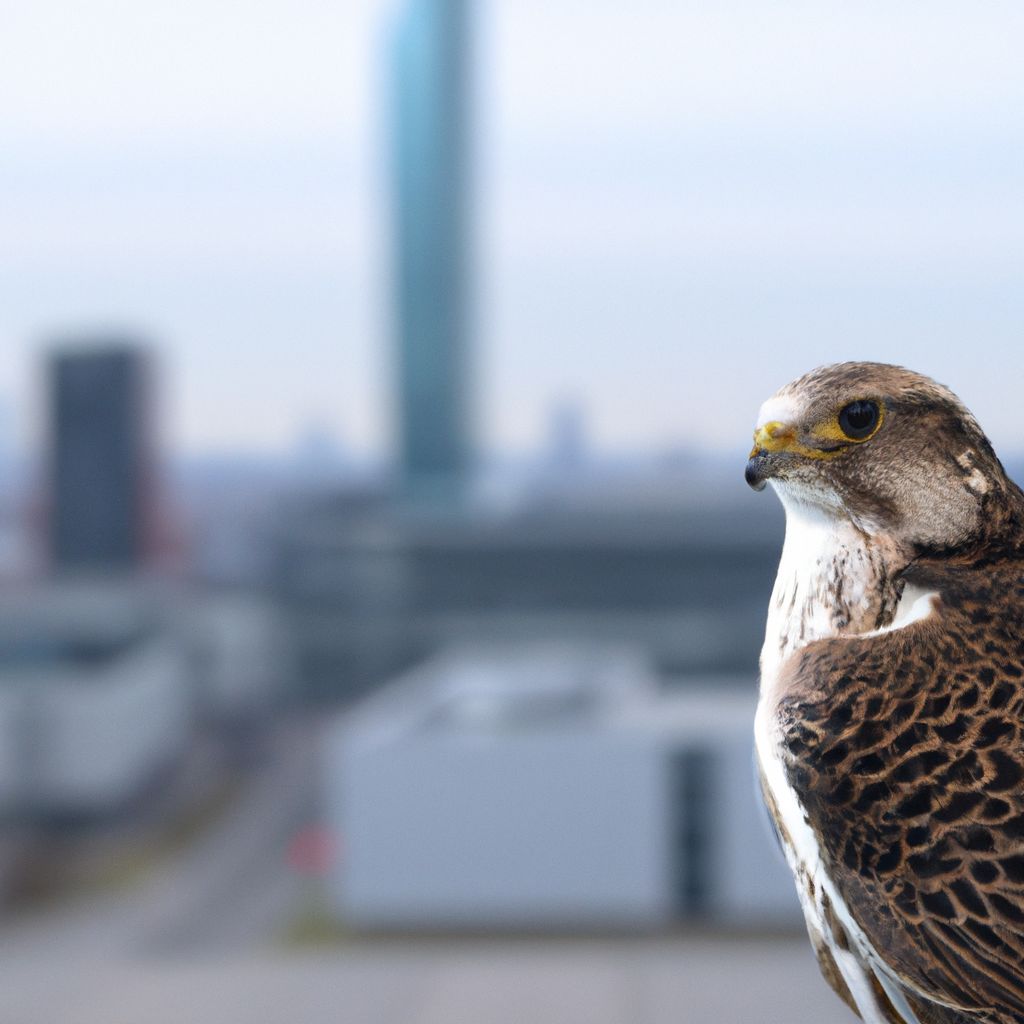Introduction to Big Game Animals in Germany
Germany, renowned for its rich natural landscapes and diverse wildlife, offers ample opportunities for hunting enthusiasts and nature lovers to engage with an array of big game animals. From majestic Red Deer roaming through picturesque forests to elusive Wild Boars traversing agricultural lands, Germany boasts a captivating variety of game species. This article explores the fascinating world of big game animals in Germany, shedding light on their habitats, characteristics, and the cultural significance they hold within the country.
Throughout history, hunting big game has been deeply ingrained in German culture, shaping traditions, folklore, and the preservation of wildlife populations. Today, it continues to captivate individuals seeking adventure, connection with nature, and an appreciation for the intricate balance between humans and the animal kingdom.
In this article, we will delve into the notable big game animals that call Germany home. From the majestic Rotwild (Red Deer) with its imposing antlers to the agile Rehwild (Roe Deer) gracefully navigating through woodlands, we will explore their behaviors, habitats, and the best hunting practices associated with each species.
Additionally, we will highlight the importance of conservation efforts in safeguarding the future of these magnificent creatures. Understanding their ecological roles, habitat requirements, and the delicate balance of wildlife management is vital to ensure their sustainable coexistence with human activities.
Whether you are an avid hunter, a wildlife enthusiast, or simply intrigued by the majestic big game animals that roam the German wilderness, this article will serve as a comprehensive guide to their world. Join us as we embark on a journey to discover the remarkable beauty, cultural significance, and conservation challenges surrounding big game animals in Germany.
So, grab your binoculars, don your hunting gear, and immerse yourself in the enchanting realm of big game hunting in Germany.
Red Deer (Rotwild)

The Red Deer, or “Rotwild” in German, is a majestic and iconic big game animal in Germany. With its impressive antlers and imposing presence, the Red Deer holds great cultural significance and is deeply ingrained in German folklore. These magnificent creatures can be found in forests and woodlands throughout the country, where they thrive in diverse habitats. However, responsible hunting practices and conservation efforts are vital to ensure the preservation of Red Deer populations and their natural habitats. Hunting techniques such as stalking and stand hunting are commonly employed when pursuing Red Deer, and strict regulations are in place to maintain sustainable hunting practices and population management.
Fallow Deer (Damwild)

The Fallow Deer, known as “Damwild” in German, adds grace and beauty to Germany’s big game landscape. These elegant animals can be found in woodlands and agricultural areas, often forming small herds. Fallow Deer hunting is a popular activity, but it must be approached with respect for nature and adherence to hunting regulations. Conservation efforts focus on maintaining the ecological balance and genetic diversity of Fallow Deer populations, ensuring their long-term survival.
Wild Boar (Schwarzwild)

The Wild Boar, or “Schwarzwild” in German, is a game animal of significant importance in Germany. Known for its intelligence, resilience, and adaptability, the Wild Boar inhabits various landscapes, including forests, agricultural fields, and even urban areas. Wild Boar hunting has deep cultural roots and plays a crucial role in managing population sizes and preventing agricultural damage. Driven hunts and stand hunting are commonly employed techniques, with hunters using specialized equipment and employing safety precautions. However, responsible hunting practices are essential to ensure sustainable population management and minimize human-wildlife conflicts.
Roe Deer (Rehwild)

The Roe Deer, or “Rehwild” in German, is a small and graceful big game species found in Germany. These agile animals inhabit forests, woodlands, and open fields. The Roe Deer holds cultural significance and is cherished for its delicate beauty and elusive nature. Responsible hunting practices, such as selective harvesting and adherence to hunting seasons, help maintain a healthy population and promote the well-being of the species.
Chamois (Gamswild)

The Chamois, known as “Gamswild” in German, inhabits the rugged and mountainous regions of Germany. These nimble and sure-footed animals are highly adapted to their alpine habitats. Chamois hunting requires a combination of physical endurance, marksmanship skills, and knowledge of their natural behavior. Conservation efforts focus on protecting their habitats and ensuring sustainable hunting practices to safeguard the future of this iconic species.
Alpine Ibex (Steinwild)

The Alpine Ibex, or “Steinwild” in German, is a species that thrives in the challenging alpine environments of Germany. Recognized for its impressive curved horns and remarkable climbing abilities, the Alpine Ibex symbolizes the resilience and adaptability of wildlife in extreme habitats. Conservation efforts aim to protect their natural habitats and preserve the genetic diversity of this unique species.
Mouflon (Muffelwild)

The Mouflon, or “Muffelwild” in German, is a wild sheep species found in Germany. These agile and elusive animals inhabit rocky and hilly terrain. Mouflon hunting requires a combination of stealth, patience, and knowledge of their behavior. Conservation efforts focus on maintaining sustainable populations and preserving their natural habitats.
Sika Deer (Sikawild)

The Sika Deer, or “Sikawild” in German, is a smaller species of deer known for its distinctive vocalizations and adaptability to various habitats. Sika Deer can be found in woodland areas, particularly in the northeastern regions of Germany. They are known for their elusive nature and can be challenging to hunt. Conservation efforts focus on preserving their habitats and ensuring sustainable hunting practices to protect their populations.
Hare (Feldhase)

The Hare, or “Feldhase” in German, is a fast-running game animal found throughout Germany’s open fields and grasslands. Known for their remarkable speed and agility, Hares present a challenging target for hunters. Their hunting season usually starts in autumn and extends into winter. Responsible hunting practices ensure the sustainable management of Hare populations and promote the conservation of their habitats.
Rabbit (Wildkaninchen)

The Rabbit, or “Wildkaninchen” in German, is a common game animal found in a variety of habitats across Germany. Known for their prolific breeding habits, Rabbits offer hunting opportunities throughout the year. Hunting techniques such as stalking and small-game drives are often employed. Responsible hunting practices focus on population control and the prevention of damage to agricultural crops.
Fox (Fuchs)

The Fox, or “Fuchs” in German, is a cunning and adaptable predator widely distributed across Germany. While Fox hunting is primarily focused on population control and wildlife management, it is considered a challenging pursuit. Foxes are hunted using specialized calling techniques, traps, or hunting with dogs. Conservation efforts aim to maintain a balance between predator populations and the well-being of other wildlife species.
Stone Marten (Steinmarder)

The Stone Marten, or “Steinmarder” in German, is a small carnivorous mammal commonly found in Germany. They inhabit various habitats, including forests, farmlands, and urban areas. Stone Martens are primarily hunted for fur and population control purposes. Hunting techniques include trapping and selective harvest. Conservation efforts aim to ensure their populations remain stable and prevent damage to property.
Tree Marten (Baummarder)

The Tree Marten, or “Baummarder” in German, is a close relative of the Stone Marten. These agile climbers inhabit forests and woodlands across Germany. Tree Martens are typically hunted for fur and population management. Trapping and selective hunting methods are employed to maintain sustainable populations.
Fitchet (Iltis)

The Fitchet, or “Iltis” in German, is a small carnivorous mammal native to Germany. Known for their elusive behavior, Fitchets primarily inhabit forested areas. While hunting Fitchets is not common, population control measures may be implemented to protect other wildlife species and prevent damage to property.
Ermine (Hermelin)

The Ermine, or “Hermelin” in German, is a small weasel species found in Germany. Their white winter coat and black-tipped tail make them distinctive and highly sought after for fur. Ermines are primarily hunted for their pelts during specific trapping seasons, adhering to regulations to ensure sustainable population management.
Small Weasel (Mauswiesel)

The Small Weasel, or “Mauswiesel” in German, is another member of the weasel family found in Germany. They are agile and skilled hunters, preying on small rodents. While hunting Small Weasels is not common, their presence contributes to the ecological balance in natural habitats.
Badger (Dachs)

The Badger, or “Dachs” in German, is a nocturnal mammal known for its burrowing habits. Badgers inhabit a variety of habitats, including forests and farmlands. Hunting Badgers is highly regulated, with a focus on population control and prevention of damage to agricultural lands. Responsible hunting practices aim to ensure the long-term survival of Badger populations.
Conservation and Responsible Hunting Practices
Conservation of big game animals in Germany relies on a collaborative effort between hunters, conservation organizations, and policymakers. Strict regulations and hunting quotas are in place to ensure sustainable population management and maintain the ecological balance. Additionally, responsible hunting practices, such as selective harvesting, adherence to hunting seasons, and ethical conduct in the field, play a vital role in promoting the well-being of the species and their habitats.
The list of animals comes from the Army MWR program that offers hunting courses for US service members and civilians that support the US forces in Germany.



Leave a Reply